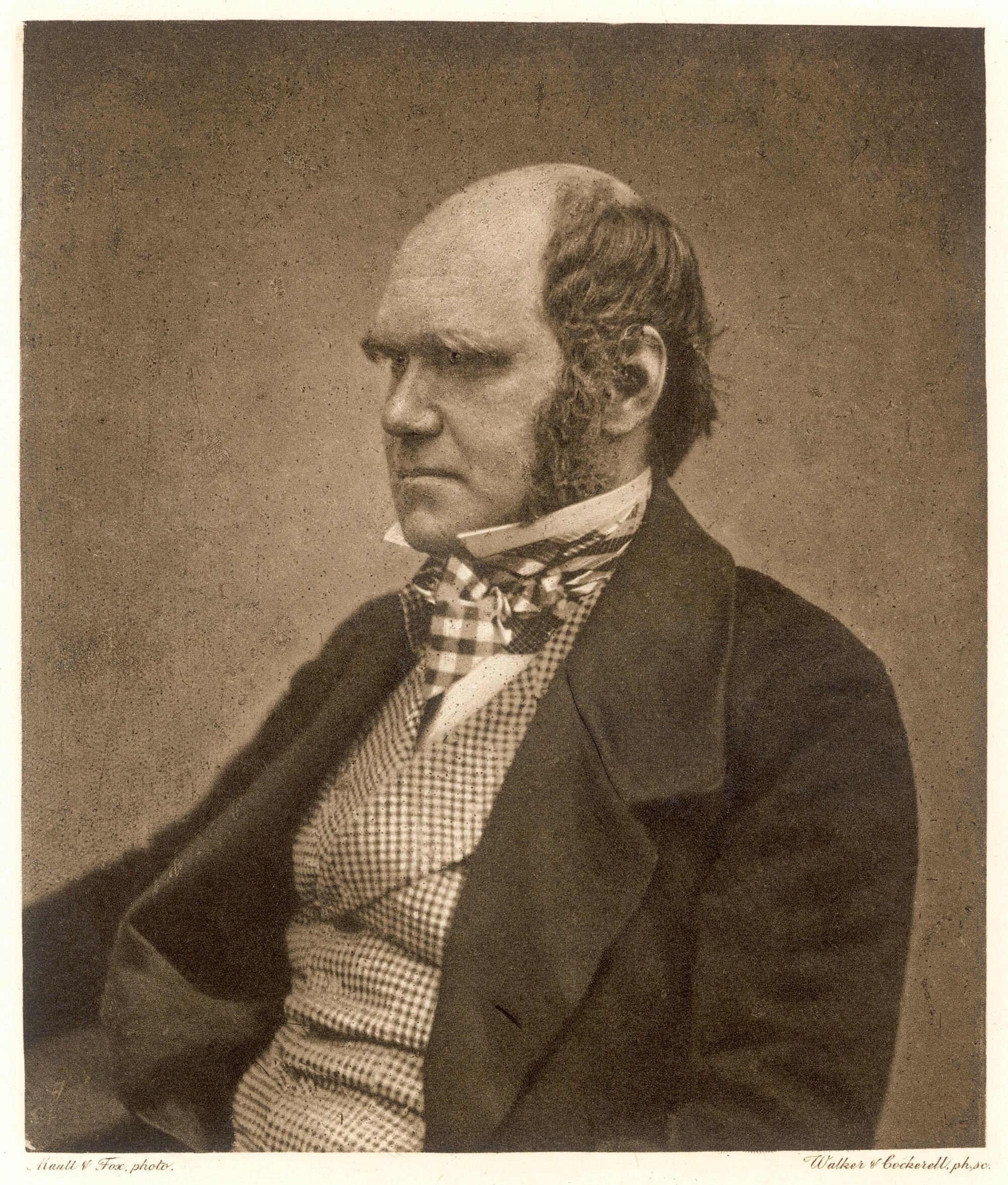The Wandsworth Common Story: A 150th Anniversary celebration - Book review
The Wandsworth Common Story: A 150th Anniversary celebration
Letter to Noel Moore from Beatrix Potter. Wikipedia
In celebration of the 150th anniversary of the Wandsworth Common Act, the Friends of Wandsworth Common have published the ultimate coffee-table book, one featuring 150 articles in tribute to the area. These are organised into five sections covering nature, buildings, society, culture and politics, each essay being enriched by engravings, contemporary or historic photographs, and a dedicated map section, all tracing the Common’s changes through time.
The book opens with an illustration of the Down with the Fences! poster, which embodies the nineteenth-century struggle to free the Common from Earl Spencer’s exploitation of this ancestral open space. Led by seasoned campaigner John Buckmaster, the Wandsworth Common Preservation Society was able to finally negotiate a transfer of the Common to Conservators, thus preventing it from being overrun by housing and key infrastructure. With a foreword by a Buckmaster descendant and a detailed introduction covering the events leading to the passing of the Bill, the authors are keen to remind us that, primarily thanks to the work of past reformers fighting against powerful vested interests, Londoners now have the privilege of enjoying our green spaces.
Here is a treasure trove of stories from the personal to the political. It is, for instance, a delight to read about Arthur Gardiner Butler’s reports to Charles Darwin about the Common’s ponds sticklebacks, how the palaeontologist Gideon Mantell celebrated Henrietta Wollaston’s finds of nautilus shells in the railway cuttings, and that a letter Beatrix Potter wrote to a sick child living in the Toast Rack inspired the publication of her Tale of Peter Rabbit. Predictably, existing buildings figure in a number of articles, but most fascinating are the features and institutions long gone such as the ‘Black Sea’, Romany Gypsy communities, and the industrial and masonic schools attracted by the Common’s ‘gravelly soil, good air [and] abundance of water’.
But no story of the Common would be complete without the human element, with colourful characters such as the antiquarian Francis Grose and Queen Victoria’s ratcatcher fittingly acknowledged, but it’s the personal accounts from the idyllic to the tragic by the likes of the writer P. Y. Betts and the poet Edward Thomas that are most evocative of life in and around the Common. Readers will be pleased to know that research into the Common’s past led by local historian Philip Boys is ongoing, and that this remarkable publication is not at all the final chapter in the area’s story. To read more lost stories about the Common follow this link







